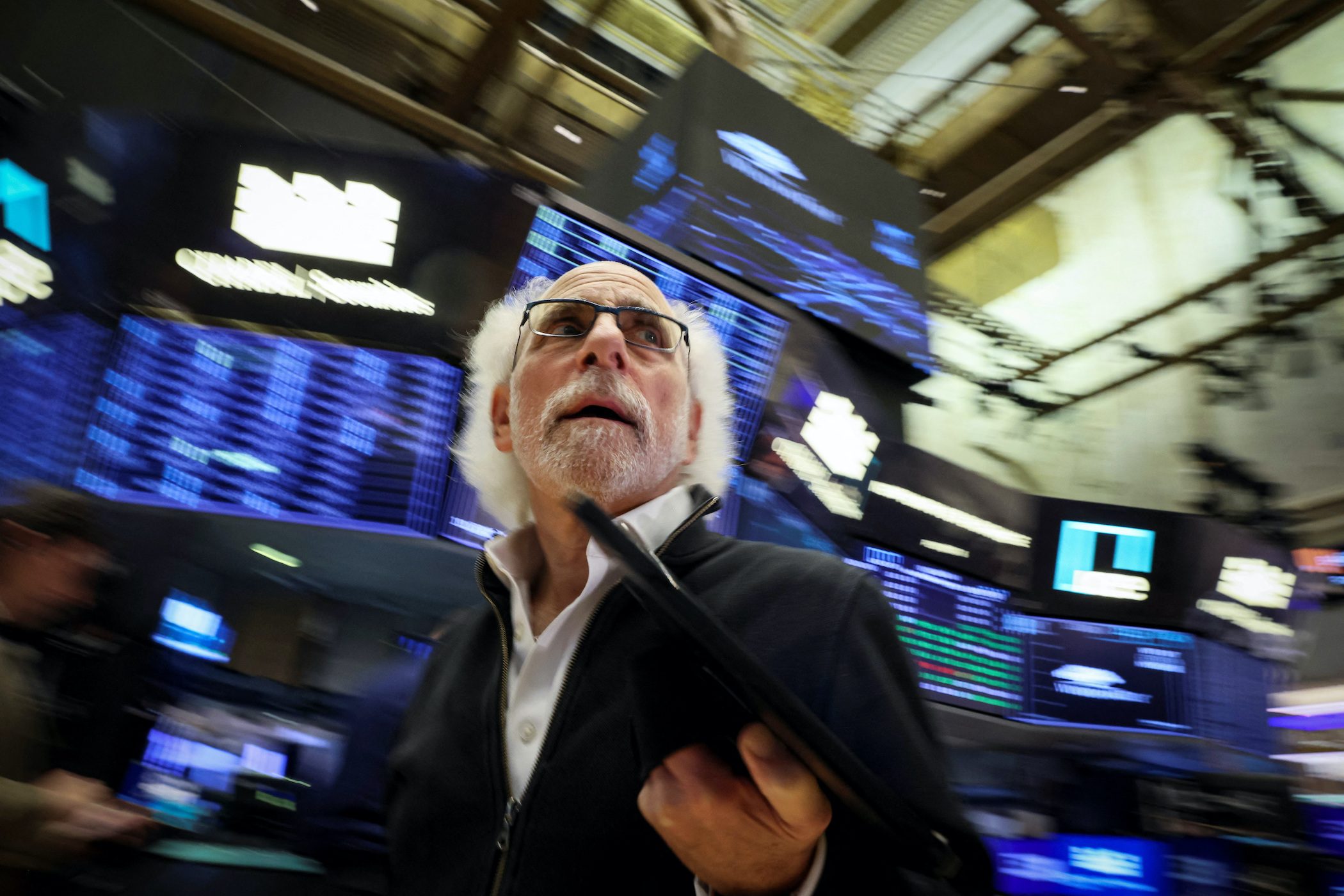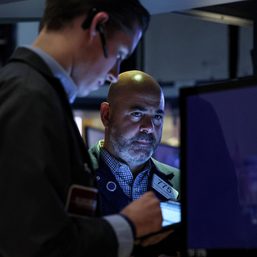SUMMARY
This is AI generated summarization, which may have errors. For context, always refer to the full article.

Equity markets rose and the dollar slid on Monday, November 7, as investors embraced the idea that China may ease COVID-19 restrictions and burnished hopes the US economy is slowing enough to allow the Federal Reserve to ease its aggressive hiking of interest rates.
Markets looked past both data showing Chinese exports and imports unexpectedly contracted in October as China grapples with COVID-19 curbs and the likelihood the US consumer price index (CPI) on Thursday, November 10, will show inflation remains high.
US stocks rallied as investors weighed the outcome of the midterm elections on Tuesday, November 8. Voting will determine whether the Republicans are strong enough to take over Congress and likely underline the difficult prospects for Democrats.
“On a day-to-day basis the market focuses on the headlines and what’s coming up immediately ahead of us, and that’s the elections,” said Tim Ghriskey, chief investment strategist at Inverness Counsel in New York.
“What might or might not happen with the election is not that big of an influence on the market. The big influences are the Fed, and what’s happening in Ukraine and Russia,” he said.
The major indices in Europe mostly closed higher, with the exception of the FTSE 100 in London, while Wall Street rallied in late trading after a choppy early session.
MSCI’s all-country world index gained 1.14%, and the broad pan-European STOXX 600 index rose 0.33%.
On Wall Street, the Dow Jones Industrial Average rose 1.31%, the S&P 500 gained 0.96%, and the Nasdaq Composite advanced 0.85%.
While a divided Congress is typically viewed as good for markets, the hope the US economy is losing enough momentum for the Fed to slow the pace of monetary tightening pushed the dollar lower, said Joe Manimbo, senior market analyst at Convera in Washington.
“The market is really desperate for the Fed to pivot,” Manimbo said. “It will take anything it can get in terms of signs of a softening economy to hold out hope that a pivot might materialize sooner rather than later,” he said.
Slower inflation on the heels of signs in the US employment report for October on Friday, November 4, showing that the labor market is cooling would be positive for risk appetite and negative, at least over the short term, for the dollar, Manimbo said.
The euro rose 0.61% to $1.0021 and the Japanese yen strengthened 0.01% against the dollar at 146.60.
The dollar also was under pressure as traders held on to speculation that China could temper some of its COVID-19 restrictions after the government on Monday indicated it will make it easier for people to enter and exit the capital.
Stephane Ekolo, strategist at Tradition in London, said the market is looking for an excuse to buy stocks.
“In spite of China sticking to its zero-COVID pledge, there are some in the market that still believe that China might somewhat ease its COVID-19 policy,” Ekolo said.
The relatively strong US jobs report last week ensured the Fed will be in no rush to ease policy, though the pace of rate hikes may slow as the US central bank keeps rates higher for longer, a view that pressured Treasury yields higher.
Median forecasts call for annual US inflation to slow to 8% and for the core to dip a tick to 6.5%.
The yield on 2-year notes, which typically moves in step with rate expectations, rose 7 basis points at 4.722%, while the 10-year yield was up 6 basis points at 4.218%.
A closely watched part of the yield curve measuring the spread between yields on 2- and 10-year notes, seen as a recession harbinger when the short end is higher than the long end, was deeply inverted at -50.6 basis points.
Oil prices rose to more than a two-month high on news that China, the world’s top crude importer, could take steps toward reopening after years of strict COVID-19 restrictions, The Wall Street Journal reported, citing sources.
US crude fell 82 cents to settle at $91.79 a barrel, while Brent settled down 65 cents at $97.92 a barrel.
Gold prices steadied near a three-week peak hit on Friday, buoyed by a weaker dollar as investors awaited the CPI report that could influence the Fed’s interest rate policy.
US gold futures settled up 0.2% to $1,680.50 an ounce.
Bitcoin fell 0.55% to $20,791.00. – Rappler.com
Add a comment
How does this make you feel?





There are no comments yet. Add your comment to start the conversation.